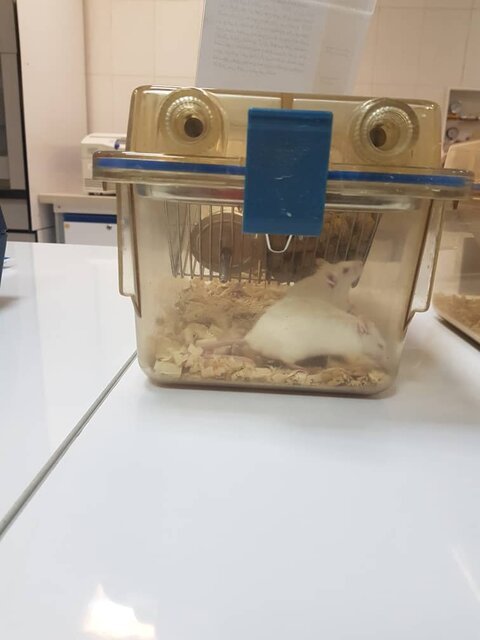Iranian researchers use cutting-edge genome editing technique

TEHRAN- Hemophilia mouse models went on display as the first cases of using CRISPR-Cas9 technology in gene editing in the country, ISNA reported on Saturday.
Based on Your Genome website, CRISPR-Cas9 is a genome editing tool. It is faster, cheaper and more accurate than previous techniques of editing DNA. This editing process has a wide variety of applications including basic biological research, development of biotechnology products, and treatment of diseases.
CRISPR/Cas9 technology is used to knock out or modify DNA in research mice to study disease phenotypes and develop new treatments.
ISNA further announced that the mouse models were developed by researchers at National Institute of Genetic Engineering and Biotechnology. These researchers have been studying CRISPR-Cas9, as a new genome editing technology for three years, now resulting in developing mouse models for a variety of human diseases including hemophilia.
According to National Hemophilia Foundation, Hemophilia B, also called factor IX (FIX) deficiency or Christmas disease, is a genetic disorder caused by missing or defective factor IX, a clotting protein. Although it is passed down from parents to children, about 1/3 of cases are caused by a spontaneous mutation, a change in a gene.
In the approach adopted by Iranian researchers, the clotting factor IX was removed from the DNA of mouse models. Researchers then injected guiding RNAs into pronuclear embryos of the mice and placed them into the uterus of the female mice. After birth, Molecular tests and biochemical analysis on the newborn, revealed that the mutated gene of factor IX was inactivated.
New studies have revealed that CRISPR/Cas9 shows great potential to correct disease-causing mutations.
SJ/MQ/MG
